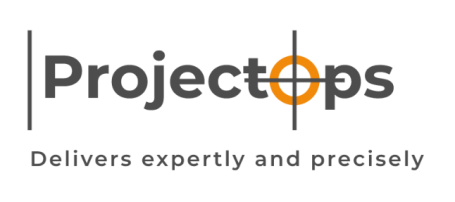What is Earned Value Management?
Project Earned Value Management (EVM) is a powerful project management technique that integrates the scope, schedule, and cost dimensions of a project to assess and control project performance and progress. It provides a quantitative method to measure the value of work completed against the planned schedule and budget, allowing project managers to identify potential risks or issues early and make informed decisions.
Key Concepts in Earned Value Management
Planned Value (PV):
- The budgeted cost of work that was scheduled to be completed by a specific time.
- Also known as the Budgeted Cost of Work Scheduled (BCWS).
Earned Value (EV):
- The budgeted cost of work actually completed by a specific time.
- Also called the Budgeted Cost of Work Performed (BCWP).
Actual Cost (AC):
- The actual expenditure incurred for the work completed by a specific time.
- Also known as the Actual Cost of Work Performed (ACWP)
Benefits of Earned Value Management
- Integrated View: Combines scope, schedule, and cost into a single management framework.
- Early Problem Identification: Highlights issues in cost or schedule before they escalate.
- Performance Insights: Offers quantitative data for assessing efficiency and effectiveness.
- Forecasting Capability: Helps predict future project outcomes based on current performance trends.
- Improved Decision-Making: Empowers managers with actionable insights to steer projects effectively.
When to Use EVM?
- Complex projects with interdependent tasks.
- Fixed budgets and deadlines.
- Government or contractual projects requiring detailed reporting.
- Projects with high visibility and a need for continuous performance monitoring.
EVM is an essential tool for ensuring project success, fostering accountability, and delivering results aligned with project objectives.

©Copyright. All rights reserved.
We need your consent to load the translations
We use a third-party service to translate the website content that may collect data about your activity. Please review the details in the privacy policy and accept the service to view the translations.
